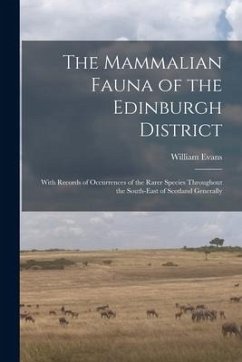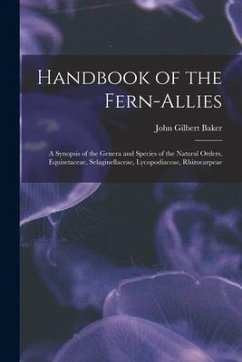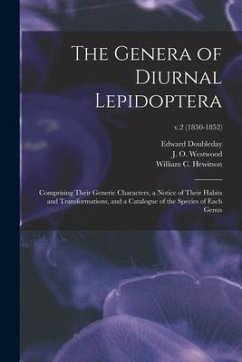
Synopsis, Classification and Revision of Molluscan Turri-Form Conoidean Fauna of the Hawaiian Islands, with the Description of 89 New Species and Four New Genera
Versandkostenfrei!
Versandfertig in über 4 Wochen
99,99 €
inkl. MwSt.

PAYBACK Punkte
50 °P sammeln!
As one of the largest island chains globally, the volcanic Hawaiian Islands represents a diverse tropical marine fauna that continues to scientifically evolve. Known to most as a small group of islands, this expansive range from Kure Atoll to Hawaii spans more than 2550 kilometers. The remote nature of the Northwest Hawaiian Islands has limited the understanding of a more complete faunal composition, an aspect addressed in the proceeding work. Several comprehensive illustrated monographs of Hawaiian mollusks (Kay, 1979; Sysoev in Severns, 2011a-g), in addition to some lesser detailed works (Ed...
As one of the largest island chains globally, the volcanic Hawaiian Islands represents a diverse tropical marine fauna that continues to scientifically evolve. Known to most as a small group of islands, this expansive range from Kure Atoll to Hawaii spans more than 2550 kilometers. The remote nature of the Northwest Hawaiian Islands has limited the understanding of a more complete faunal composition, an aspect addressed in the proceeding work. Several comprehensive illustrated monographs of Hawaiian mollusks (Kay, 1979; Sysoev in Severns, 2011a-g), in addition to some lesser detailed works (Edmondson, 1933; 1946; Severns, 2000; Polhemus, 2020), have provided malacologists with an insight to the molluscan fauna of this vast island range. The history of new discoveries of conoidean fauna from the Hawaiian Islands has evolved from various authors (Mighels, 1845; Pease, 1860; Dall, 1924; 1895; Iredale & Tomlin, 1917; Finlay, 1927; Powell, 1967; 1969; Cernohorsky, 1978a; Kay, 1979; Stahlschmidt & Chino, 2012; Wiedrick 2015; 2017). As one of the larger archipelagos in the central Pacific Ocean and a unit of the highly biodiverse Indo-Pacific, it is expected that undescribed species are yet to be discovered from this region of the tropics. Locality isolation tends to yield larger numbers of species undescribed to taxonomists (Bouchet, Lozouet & Sysoev, 2009; Bouchet in Poppe, 2011; Fedosov, 2011; Wiedrick, 2017). Recent authors (Kay, 1990; Chang in Thorsson, 2001a; Sysoev in Severns, 2011a-g), have discussed the extreme diversity of turri-form conoideans, and the challenges associated with completely comprehending such a complex group, particularly micro and minute species, which are often overlooked, yet abundant in most shallow water environments. Assessments of benthic bulk samples often produce rare or new species, especially from remote localities. The proposed work focuses on the turri-form conoidean fauna of the Hawaiian Islands based on several private collections recently sampled from relatively shallow waters (0-425 m). The lack of accurate depth range and specific distribution patterns within the Hawaiian Islands of the conoidean fauna has prompted a study of such data, which is here proposed to clarify a more granular understanding of ecological factors. Although this study is comprehensive in understanding nominal and new species, additional fauna is certain to be discovered in future studies. The evolution of contributory works on turri-form conoidean systematics have been based on morphology (Gray, 1838; 1853; H. & A. Adams, 1853; Bellardi, 1875; de Gregorio, 1880; Tryon, 1884; Sacco, 1904; Casey, 1904; Dall, 1918; Hedley, 1922; Powell, 1942; 1966; McLean, 1971; Cernohorsky, 1972a; Bouchet, 1990; Taylor, Kantor & Sysoev, 1993; Kantor & Taylor, 2002; Bouchet et. al., 2009; Chino & Stahlschmidt, 2009; Stahlschmidt, Poppe & Chino, 2014; Stahlschmidt, Poppe & Tagaro, 2018; Stahlschmidt, Chino & Tardy, 2022) and phylogenetics (Taylor et. al., 1993; Rosenberg, 1998; Bouchet & Rocroi, 2005; 2017: Puillandre, Samadi, Boisselier, Sysoev, Kantor, Cruaud, Couloux & Bouchet, 2008; Puillandre & Holford, 2010; Puillandre, Kantor, Sysoev, Couloux, Meyer, Rawlings, Todd & Bouchet, 2011; Bouchet, Kantor, Sysoev & Puillandre, 2011; Kantor, Strong, Puillandre, 2012b; Kantor, Stahlschmidt, Aznar-Cormano, Bouchet & Puillandre, 2016; Kantor, Horro, Rolán & Puillandre, 2018; Kantor, Fedosov & Puillandre, 2018; Uribe, Zardoya & Puillandre, 2018; Abdelkrim, Aznar-Cormano, Fedosov, Kantor, Lozouet, Phuong, Zaharias & Puillandre, 2018; Chase, Watkins, Safavi-Hemami & Olivera, 2022; Zaharias, Kantor, Fedosov & Puillandre, 2024) which form the basis of the systematic arrangement proposed. Four major collections were the foundation of this study, including the authors (91.8%), the Robert B. Moffitt (5.6%), Don E. Hemmes (2.3%) and Phil Liff-Grieff (0.3%) collections.




![Revision of the Land Snails of the Paleozoic Era, With Descriptions of New Species [microform] Cover Revision of the Land Snails of the Paleozoic Era, With Descriptions of New Species [microform]](https://bilder.buecher.de/produkte/66/66197/66197033n.jpg)
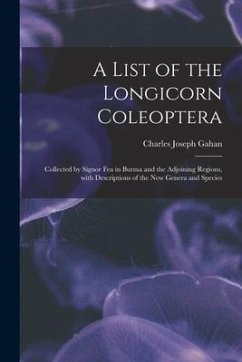

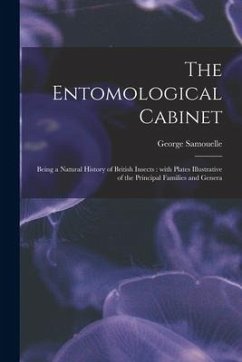
![Studies on Molluscan Celomic Fluid [microform]: Effect of Change in Environment on the Carbon Dioxide Content of the Celomic Fluid: Anaerobic Respirat Cover Studies on Molluscan Celomic Fluid [microform]: Effect of Change in Environment on the Carbon Dioxide Content of the Celomic Fluid: Anaerobic Respirat](https://bilder.buecher.de/produkte/65/65524/65524185n.jpg)
![Synopsis of the Families and Genera of North American Diptera [microform]: Exclusive of the Genera of the Nematocera and Muscidæ, With Bibliography an Cover Synopsis of the Families and Genera of North American Diptera [microform]: Exclusive of the Genera of the Nematocera and Muscidæ, With Bibliography an](https://bilder.buecher.de/produkte/65/65623/65623694n.jpg)
